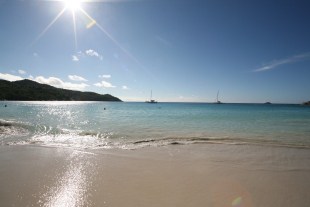If you leave things unprotected to the elements they will ultimately age and perish quicker. Colors will fade. Parts will become more brittle and stiff. This is not too far off what happens in the human body. For example, without adequate protection, a life in the outdoors increases our exposure to ultraviolet radiation, and photo-aging of the skin and the wrinkles that it brings will increase accordingly. This is the basis of the “weathered” appearance.
Inside the human body, there are also a number of damaging elements that contribute to the decline in structure and function associated with aging. And when we intervene to reduce our exposure we can help improve our health and prolong our lives. However, it is important to keep in mind that none are the only reason for aging, nor the only thing that should be targeted. In fact, addressing only one component of aging may be problematic. For example, even though antioxidants may reduce stress in our cells, some antioxidants have been shown to cause net harm, possibly by activating damaging pro-oxidant pathways to restore the equilibrium.
Equally, if you allow a cell limitless regenerative abilities, and not prevent age-related damage and reprogramming of it’s genes (DNA), you may create an abnormal cell that just keeps on growing and invading, like a cancer. But staying out of the elements (of aging), is as a good place to start as any.
Last Reviewed 03/Mar/2014
Dr Merlin Thomas
Latest posts by Dr Merlin Thomas (see all)
- How to increase DHEA levels - 28/09/17
- Testosterone supplement benefits & risks - 11/07/17
- Health effects of tea & coffee - 10/07/17






